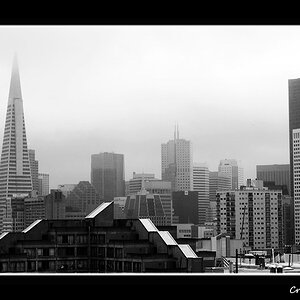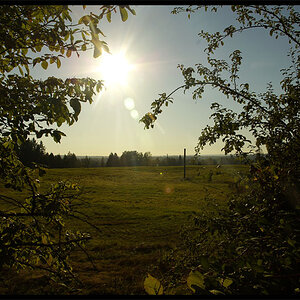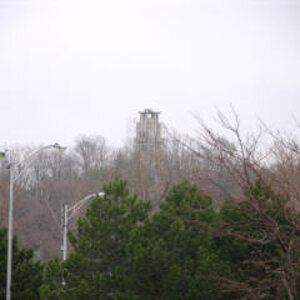camz
No longer a newbie, moving up!
- Joined
- Jun 11, 2009
- Messages
- 1,878
- Reaction score
- 285
- Location
- Bay Area
- Can others edit my Photos
- Photos NOT OK to edit
Now that I use mostly ambient lighting I shoot in Aperature Priority because I typically shoot where light has enough availability that I don't worry about shutter drag. When I use to use external strobes(and my PW's are collecting dust) it was almost all in Manual.



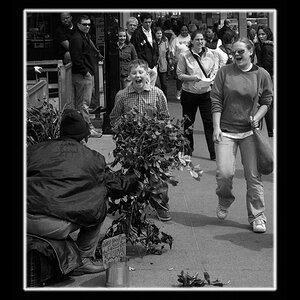
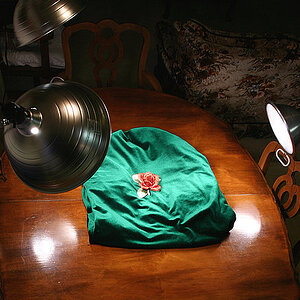
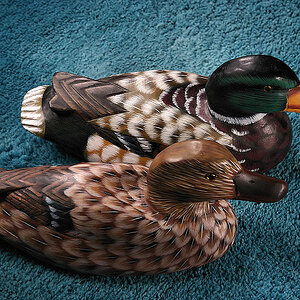

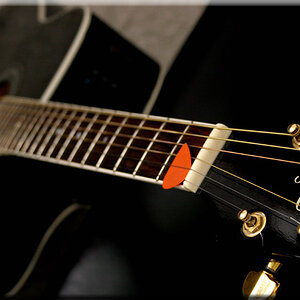
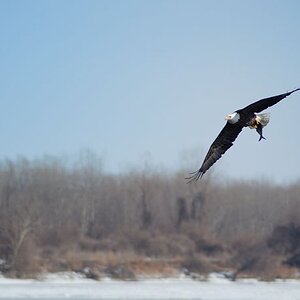
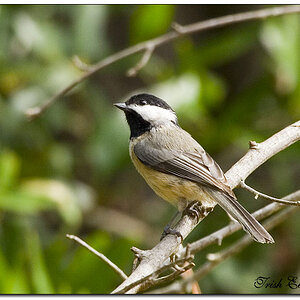
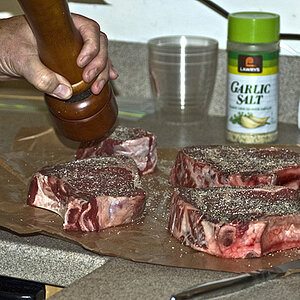
![[No title]](/data/xfmg/thumbnail/40/40306-ea393f71adcd88a9abb9fb16dc6af2d5.jpg?1619739413)
